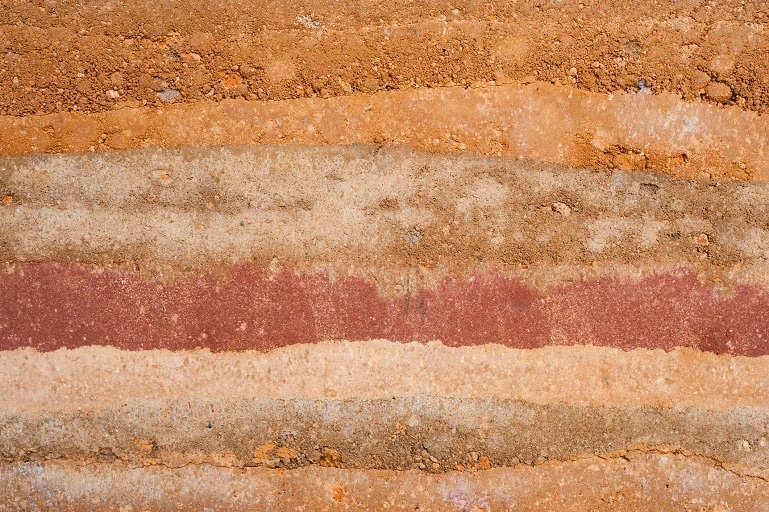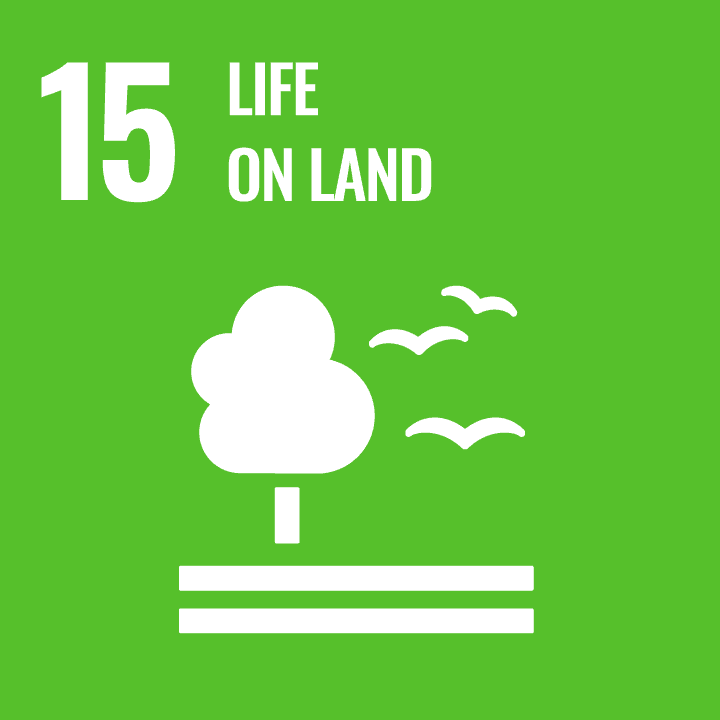Soil Color and Moisture
 Photo: © iStock-508576075
Photo: © iStock-508576075 - Resource Type
- Experiment
- Subjects
- Earth Science
- Topics
- Scientific Inquiry
- Time for activity
- 2-3 Hours
The amount of water present in a sample of soil is called the soil’s moisture content. Moisture is very important and the amount of moisture needs to be in a careful balance, not too dry and not too wet, for organisms to thrive in it. Specifically, the moisture content of the soil needs to match the needs of the plants, animals, and other organisms living in the habitat. Some organisms need a lot of moisture, like ferns and salamanders. Others, like cacti and snakes, are adapted to desert habitats and need very little water. Most often, evenly moist soil is a haven for plants and small, soil-dwelling animals.
- Introduction
-
The amount of water present in a sample of soil is called the soil’s moisture content. Moisture is very important and the amount of moisture needs to be in a careful balance, not too dry and not too wet, for organisms to thrive in it. Specifically, the moisture content of the soil needs to match the needs of the plants, animals, and other organisms living in the habitat. Some organisms need a lot of moisture, like ferns and salamanders. Others, like cacti and snakes, are adapted to desert habitats and need very little water. Most often, evenly moist soil is a haven for plants and small, soil-dwelling animals.
Moisture conditions affect the soil structure in many ways. Soil that is too wet or does not drain properly can suffer from erosion. Soil that is too dry can become hard and compacted. Also, different types of soil respond to moisture differently. A sandy soil will drain water quickly, but a clay soil will absorb water and become soggy. Since the moisture content of the soil is so important, how can it be measured? In this experiment, students will learn how to use color scales to indicate the moisture content of your soil.
- Key Objectives
-
- Do understand that there is there a difference between dry soil samples and wet soil samples.
- To understand what happens to the color of the soil as more water is added.
- To understand how to use the results to determine the moisture level of other soil samples.
- Guiding Questions
-
- How does the color of soil change when moist or dry?
- How is a color scale developed?
- Do different soil types have different colors when moist or dry?

/rating_on.png)
/rating_off.png) (18 )
(18 )



